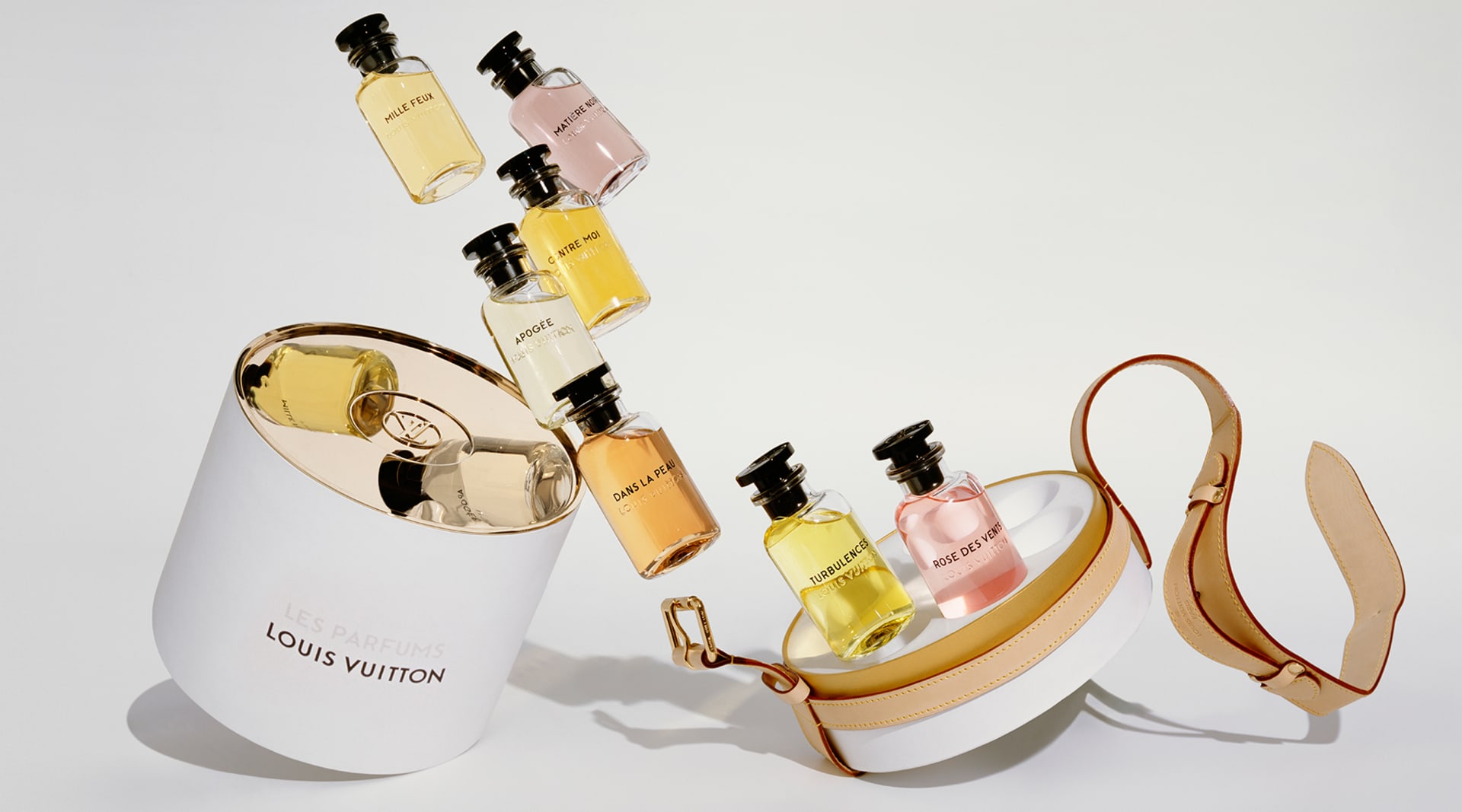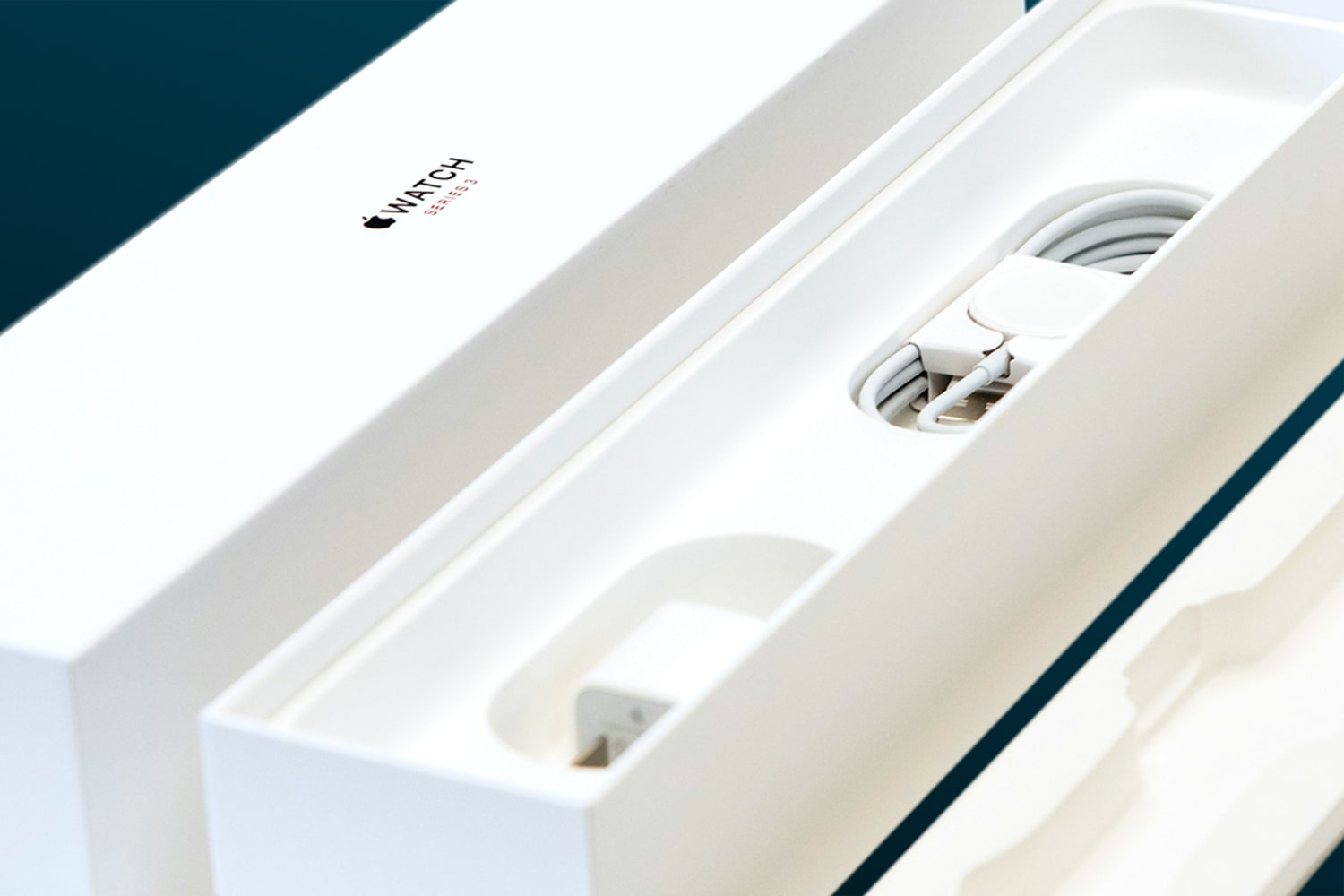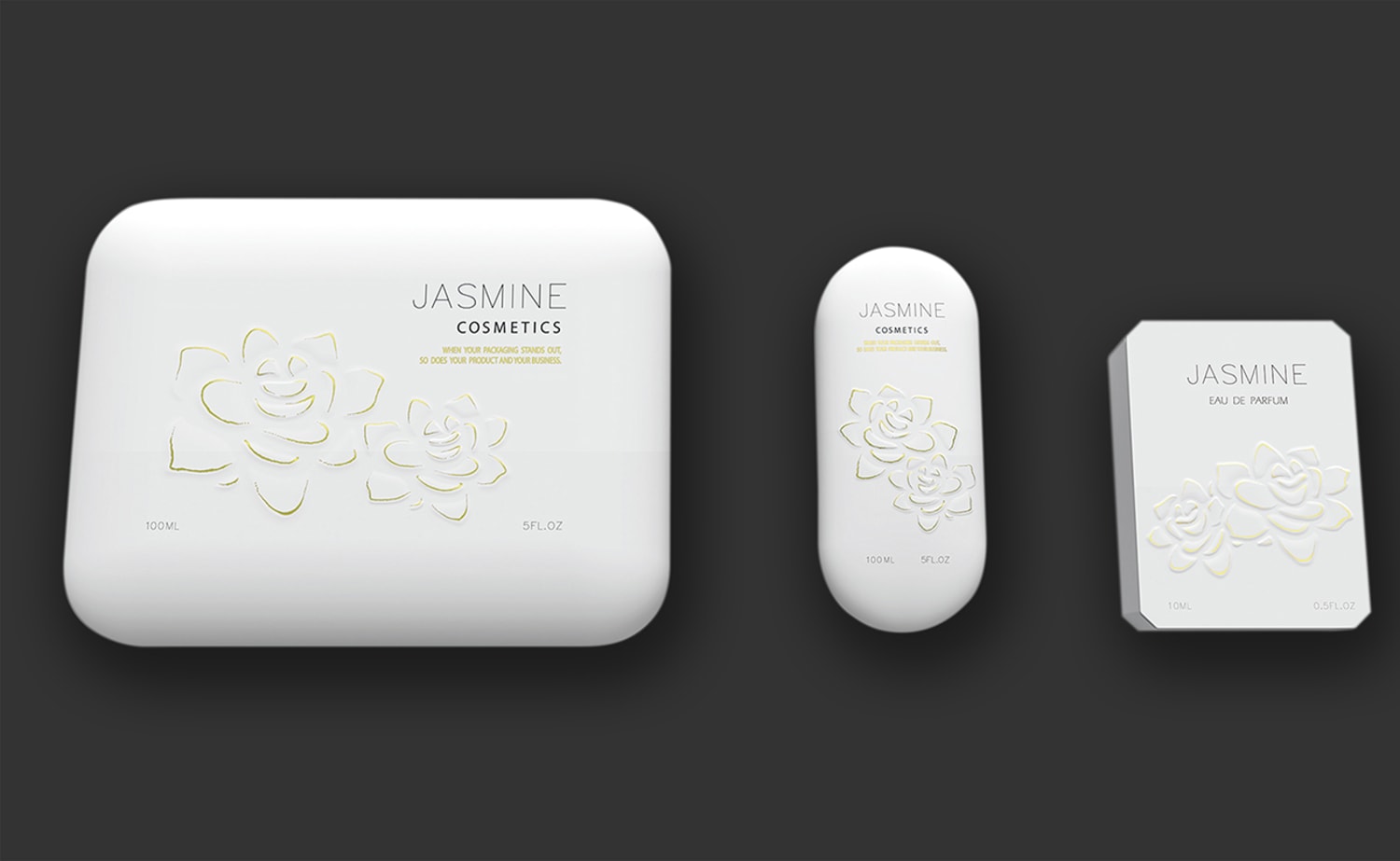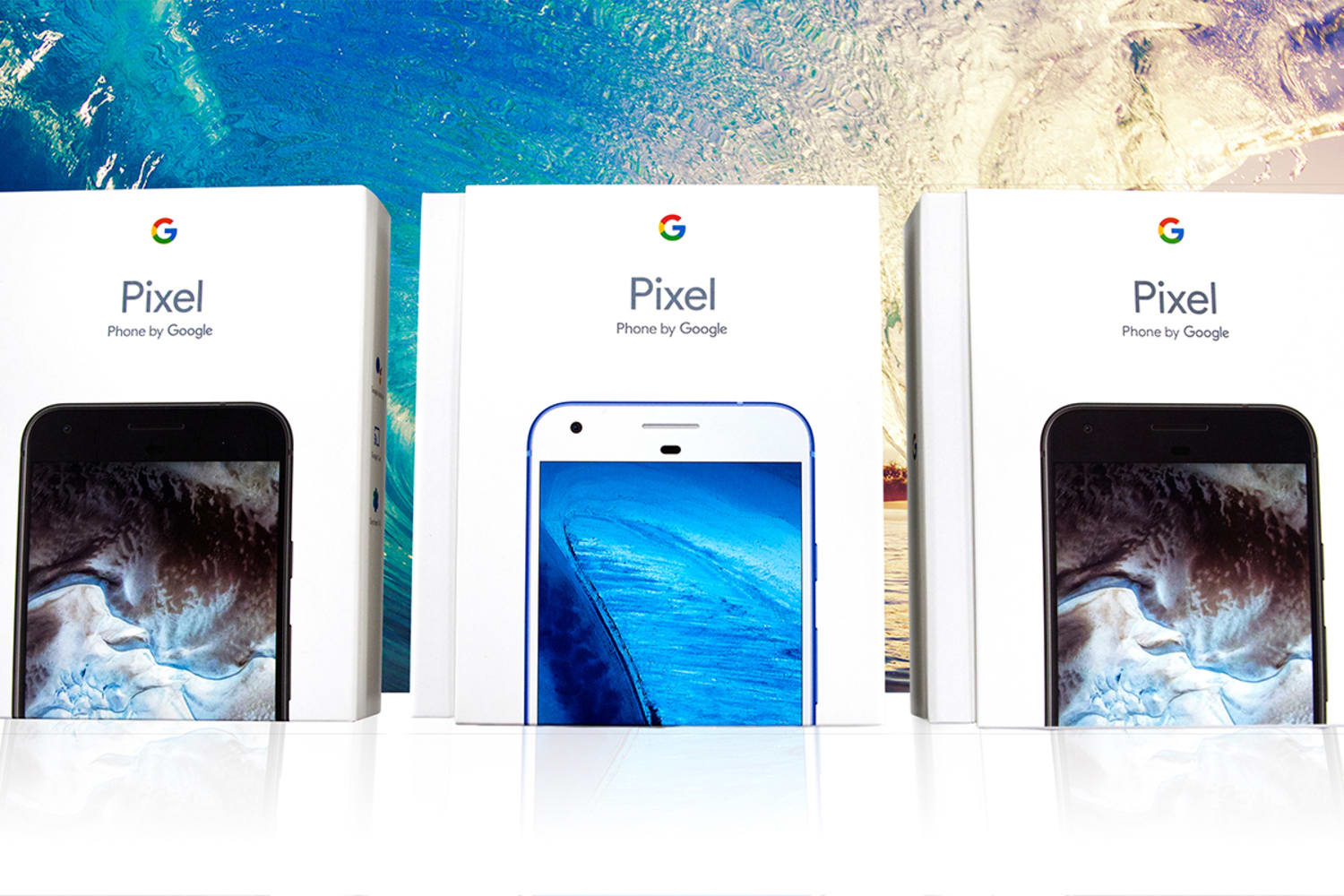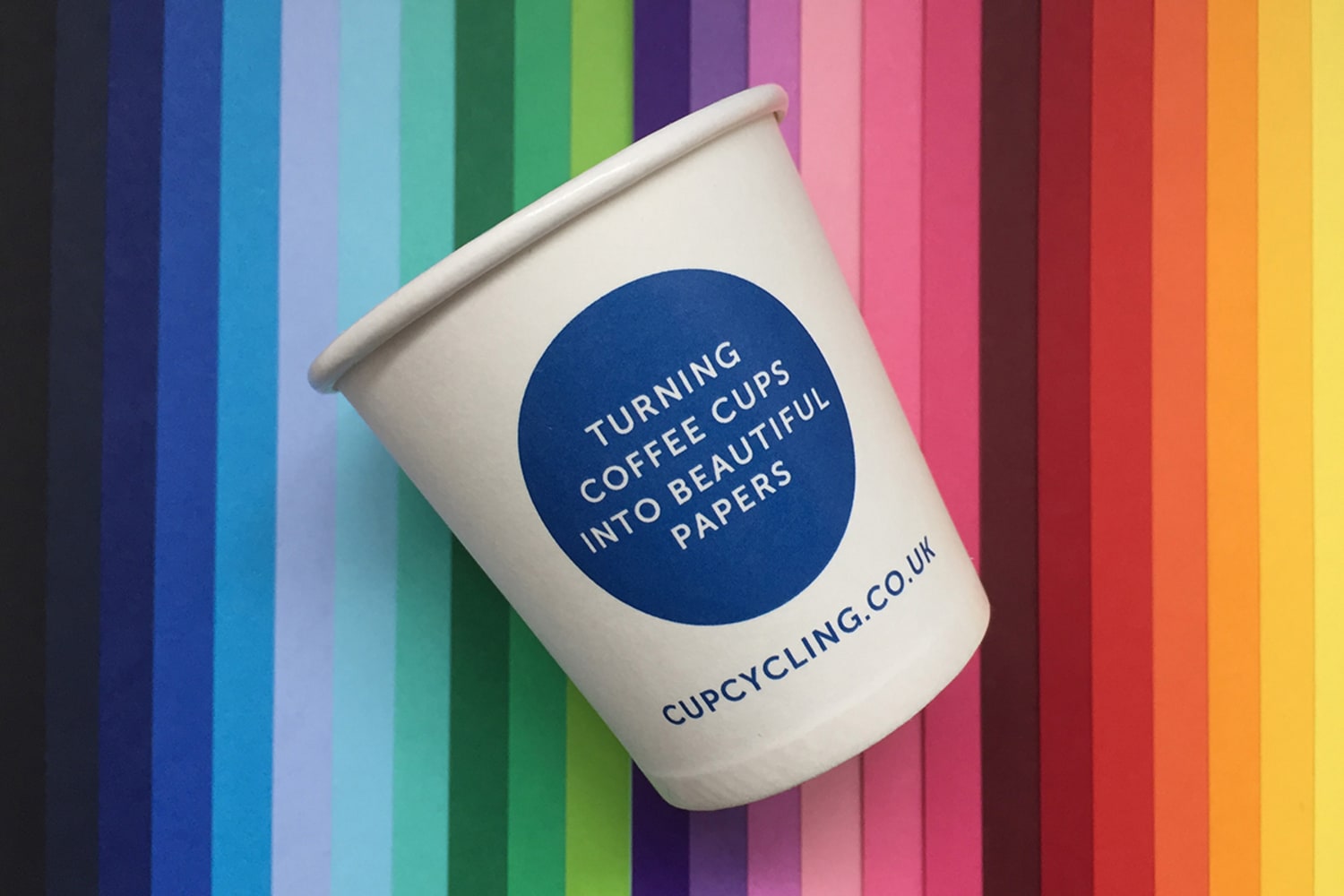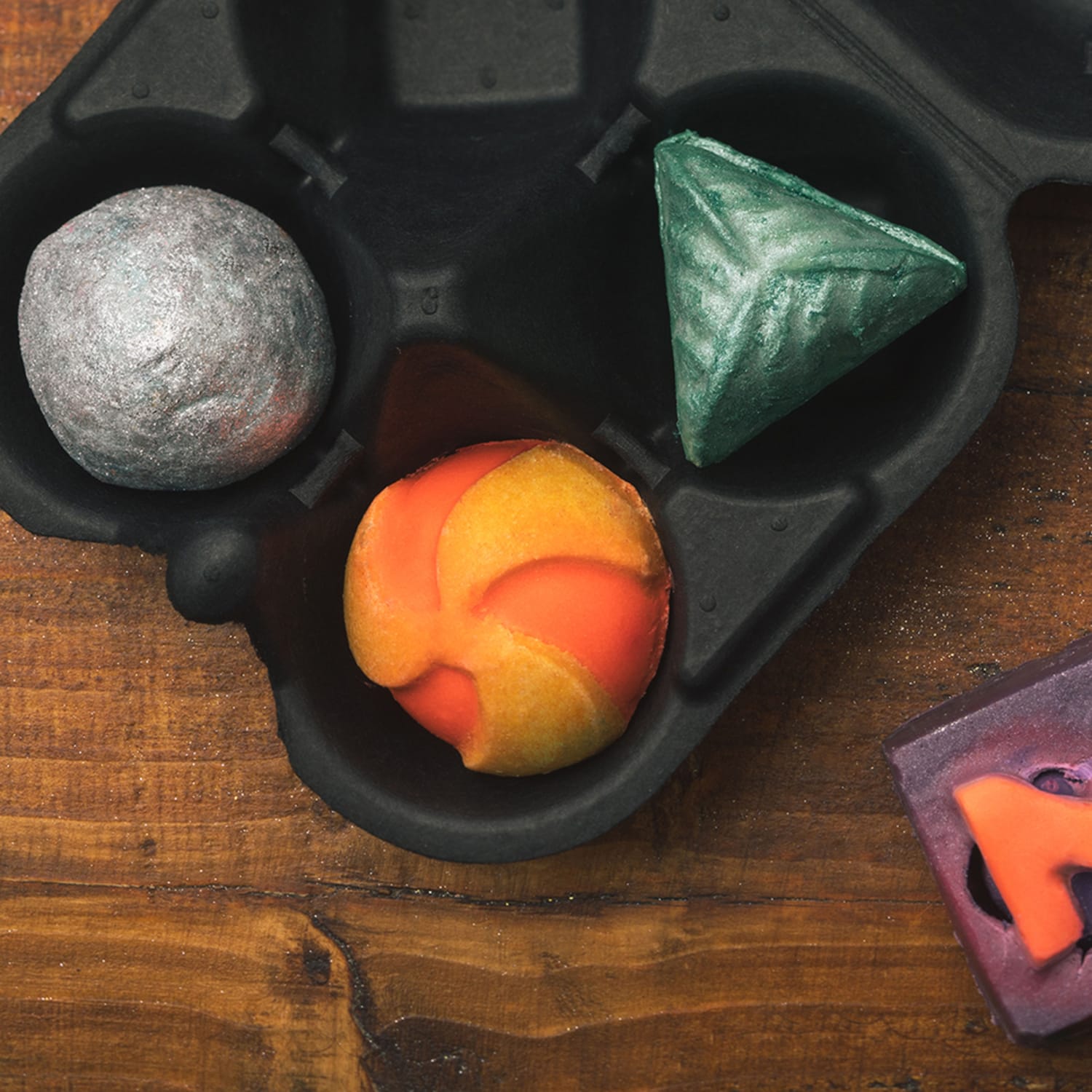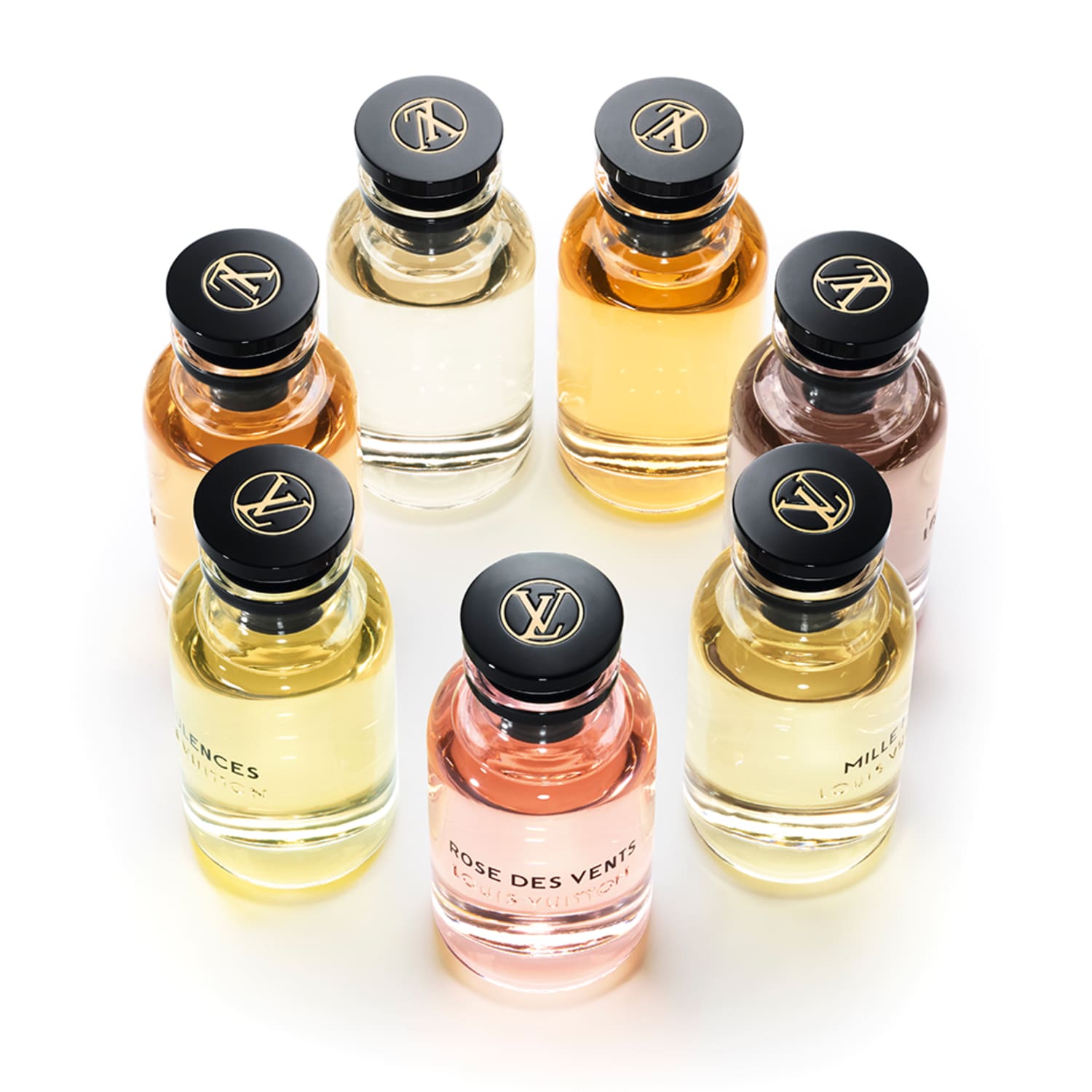Earlier this month during Luxe Pack New York’s 16th annual packaging tradeshow at Pier 92, the term “sustainability” dominated conversations. There was talk of how luxury is having a hard time and how packaging categories are cross-pollinating.
“Eight years ago we would say sustainability is a trend, now it’s just part of our industry,” Nathalie Grosdidier, general manager of Luxe Pack, told JWT Intelligence. “The entire organization, from the product and design, even down to the manufacturing, should be environmental.” This is a clear indication that sustainability is no longer a choice.
Seamless sustainability
Packaging and design made from recycled materials are bidding farewell to coarse textures and dull browns and greys, instead blending in with any other premium packaging on the market. Spotting recycled packaging is becoming harder. “Sustainability is no longer visible,” says Grosdidier. “You cannot see it, you just do it.”
